Beautiful impression of this rare map in French edition.
Very good state.
Explanation of the map in French on the back.
Sheet format: 61.5 x 43.5 cm.
Copper format: 51 x 33.5 cm.
Very attractive map showing the main islands of the Mediterranean, decorated with galleons.
Original antique map of 1581.
You can consult all the maps and engravings available in your region by clicking on the link from our website specializing in ancient geographic archives:https://www.cartes-livres-anciens.com
Possibilities of secure payment by card banking on our website:https://cartes-livres-anciens.com/produit/cartes/europe/italie/carte-geographique-ancienne-insularum-mediterranei-a-ortelius-cartographe-sicile-malte-sardaigne-corfou-elbe-original-antique-map/
Abraham Ortel, better known as Ortelius, was born in Antwerp and, after studying Greek, Latin and mathematics, settled there with his sister, as bookseller and "card painter". Traveling a lot, especially at major book fairs, his business flourished and he established contacts with scholars in many countries. A turning point in his career was reached in 1564 with the publication of a map of the world in eight sheets of which only one copy is known: other individual maps will follow, then, at the suggestion of a friend, he gathers a collection of maps which he had engraved in a uniform size, thus forming a set of maps which was published for the first time in 1570 under the name of Theatrum Orbis Terrarum (Atlas of the whole world). Although Lafreri and other Italian cartographers had published “modern” map collections in book form in previous years, the Theatrum was the first systematic collection of maps of uniform size and can therefore be called the first atlas, although this term was not used twenty years later by Mercator. The Theatrum, with most of its maps elegantly engraved by Frans Hogenberg, was an immediate success and appeared in numerous editions in different languages, including addenda published from time to time incorporating the latest contemporary knowledge and discoveries. The last edition of maps appeared in 1612. Unlike many of his contemporaries, Ortelius noted his sources of information. In the first edition, eighty-seven cartographers were thanked. In addition to the modern maps in his main atlas, Ortelius himself compiled a series of historical maps known as the Parergon Theatri, which appeared from 1579, sometimes as a separate publication and sometimes incorporated into the Theatrum. Abraham Ortel, better known as Ortelius, was born in Antwerp and, after studying Greek, Latin and mathematics, settled there with his sister as a bookseller and "card painter". Traveling a lot, especially at major book fairs, his business flourished and he made contact with scholars in many countries. A turning point in his career was reached in 1564 with the publication of a map of the world in eight sheets of which only one copy is known: other individual cards will follow, then, at the suggestion of a friend, he gathers a collection of He engraved the cards in a uniform size, forming a set of cards that was first published in 1570 as the Theatrum Orbis Terrarum (Atlas of the World). Although Lafreri and other Italian cartographers have published collections of "modern" cards in book form in previous years, the Theatrum was the first systematic collection of uniformly sized cards and can therefore be called the first atlas, although this term was used twenty years later by Mercator. The Theatrum, with most of his cards elegantly engraved by Frans Hogenberg, is an immediate success and appears in many editions in different languages, including addenda published from time to time incorporating the latest knowledge and contemporary discoveries. The last edition of cards appeared in 1612.Unlike many of his contemporaries, Ortelius noted his sources of information. In the first edition, eighty-seven cartographers were thanked. In addition to the modern maps of his main atlas, Ortelius himself compiled a series of historical maps known as Parergon Theatri, which appeared from 1579, sometimes as a separate publication and sometimes incorporated into the Theatrum.


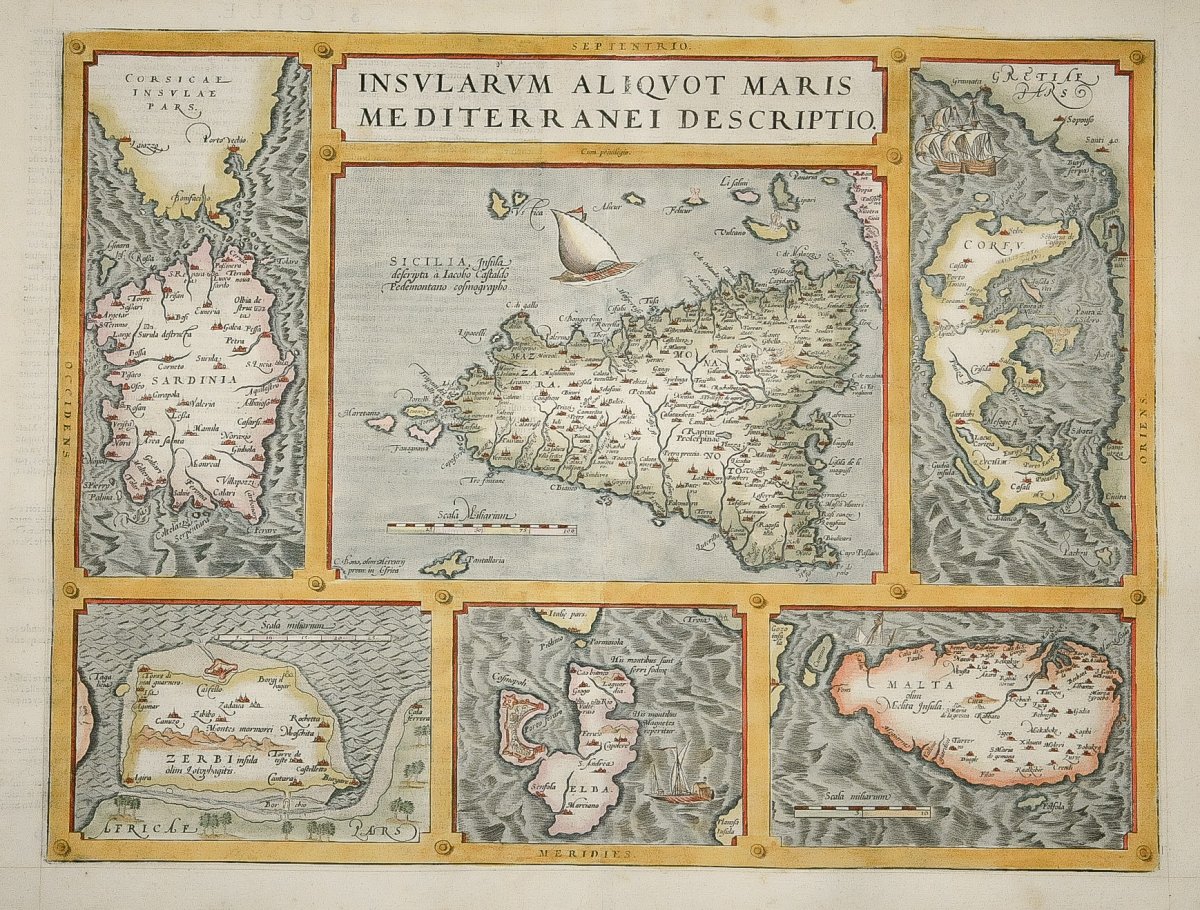






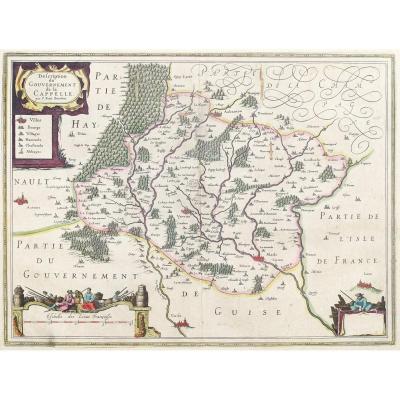

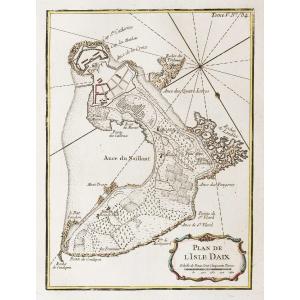
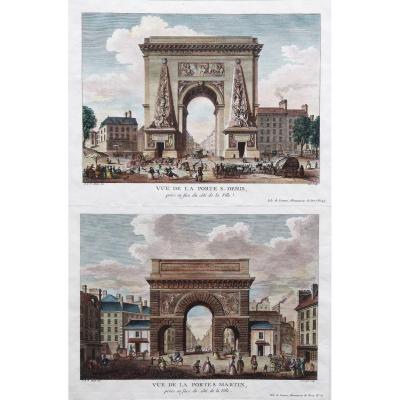

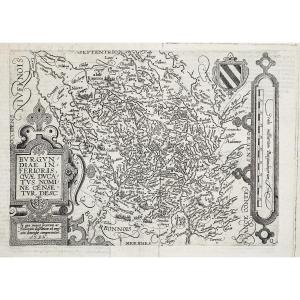


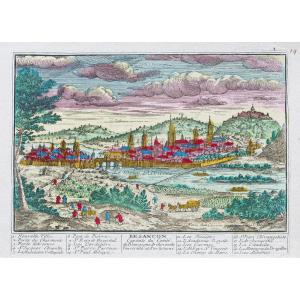

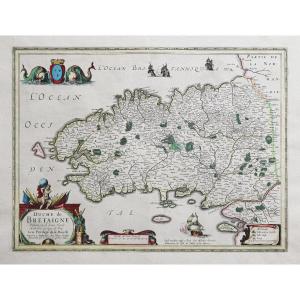

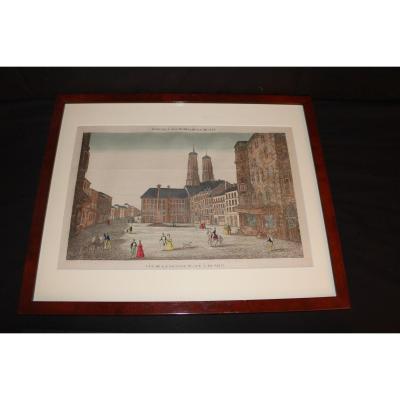
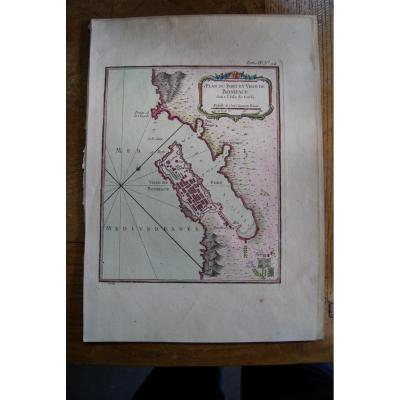
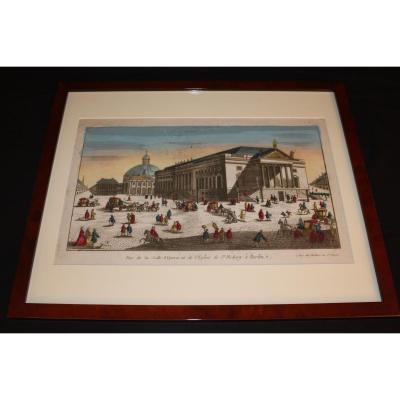
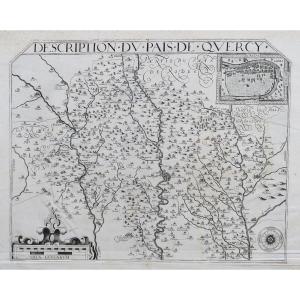



 Le Magazine de PROANTIC
Le Magazine de PROANTIC TRÉSORS Magazine
TRÉSORS Magazine Rivista Artiquariato
Rivista Artiquariato